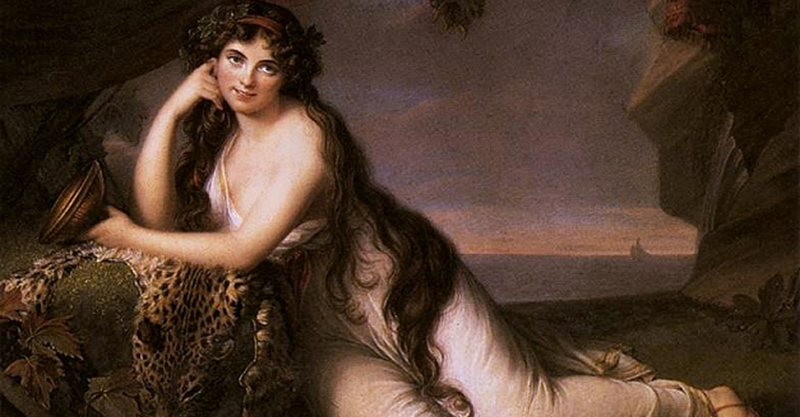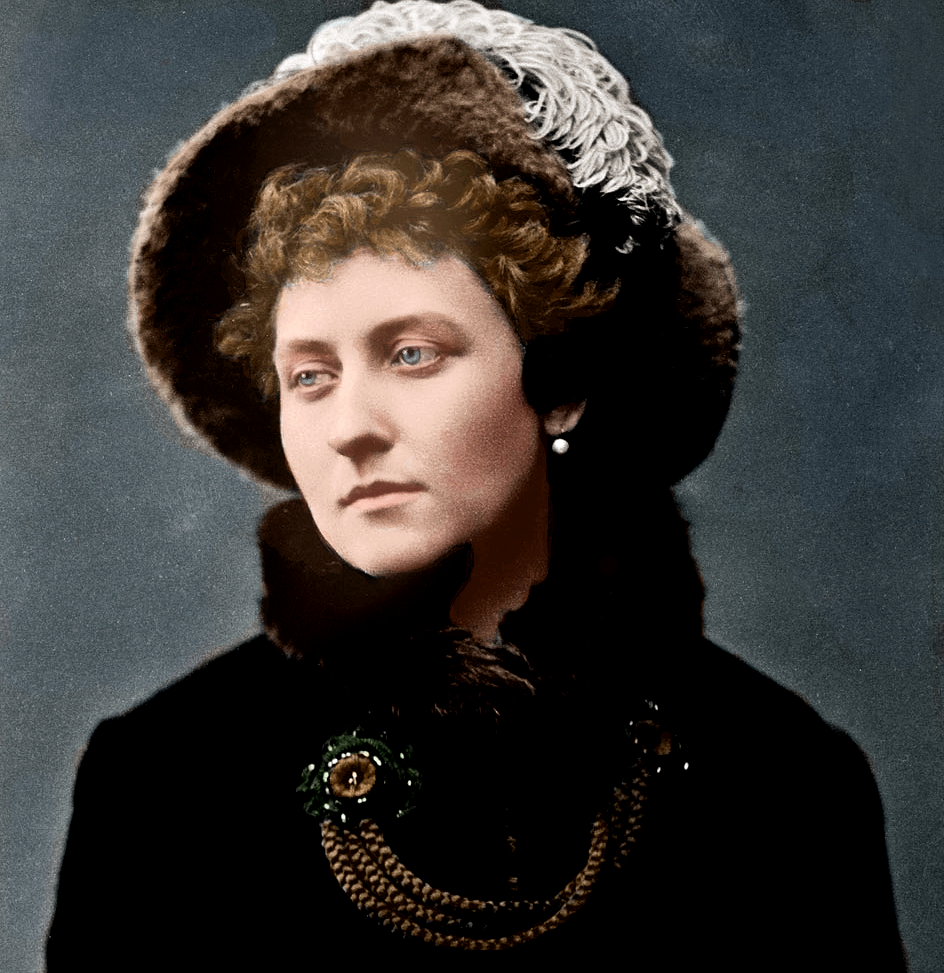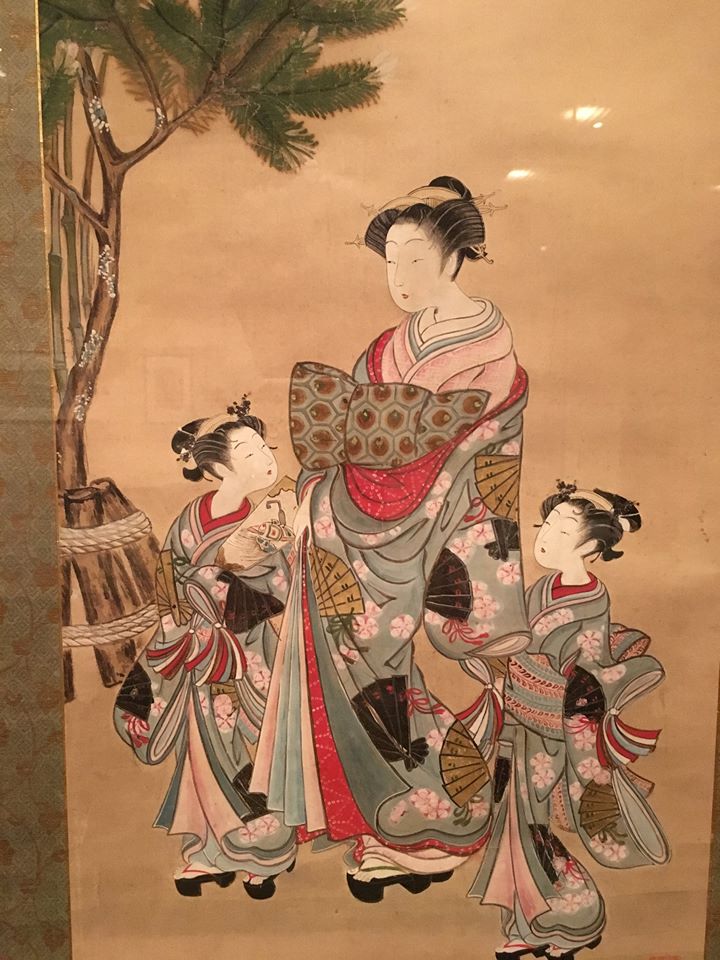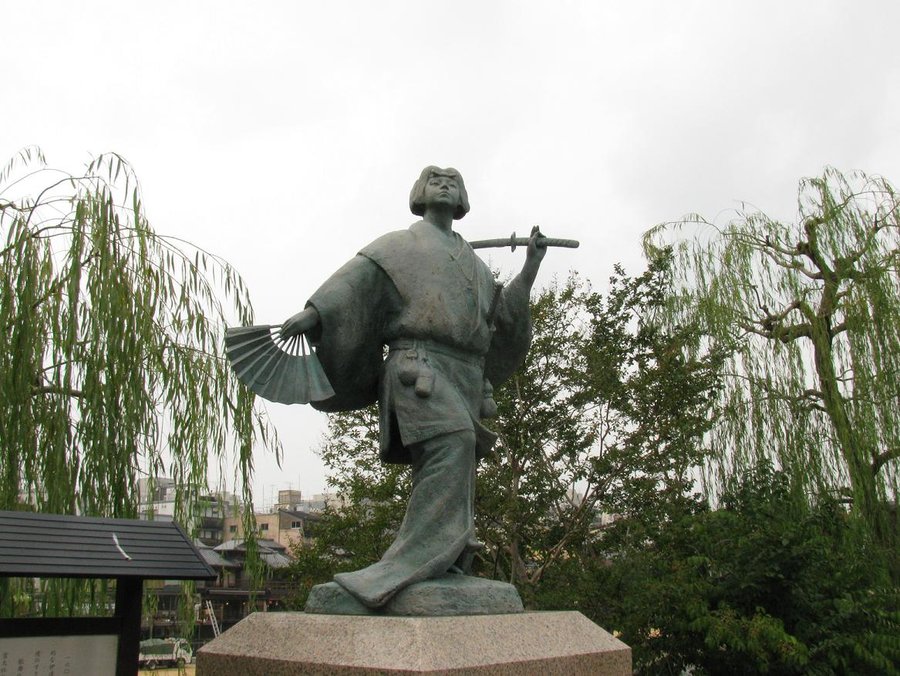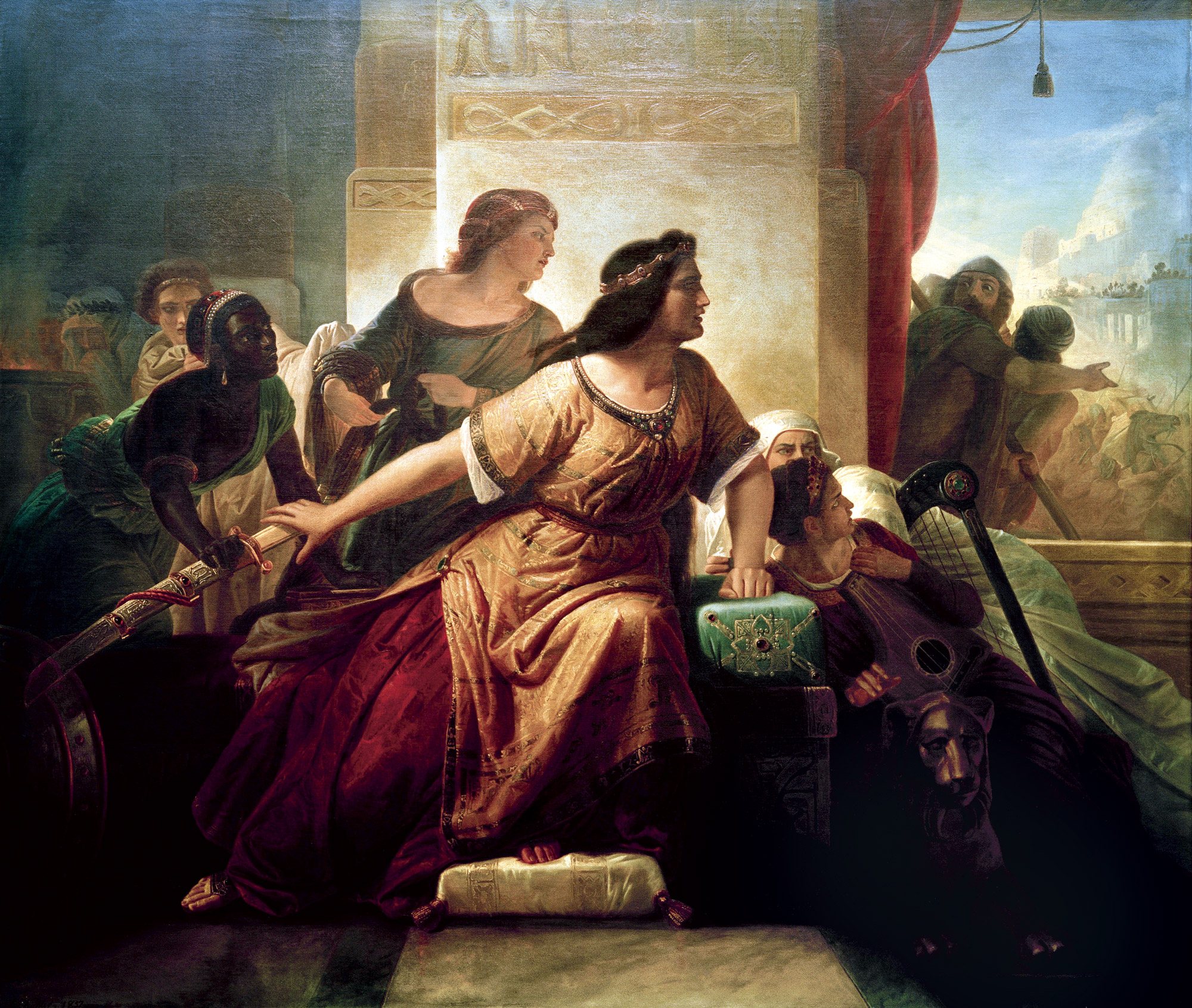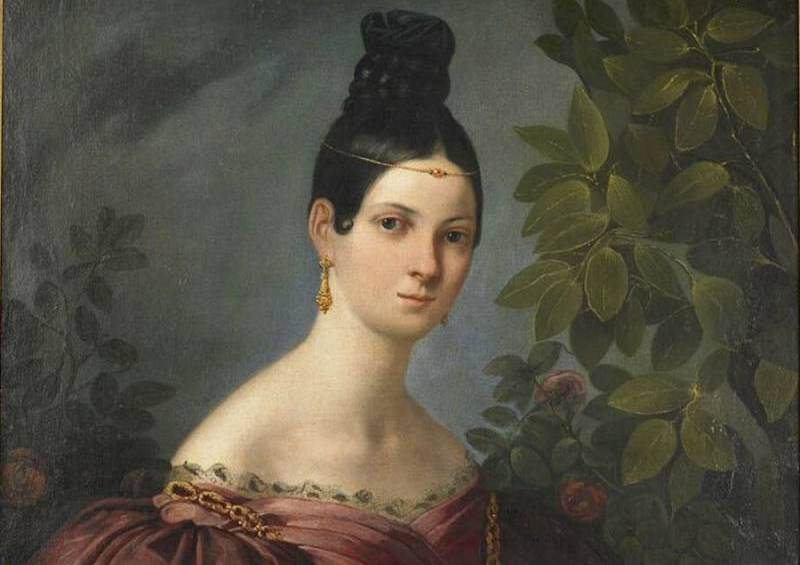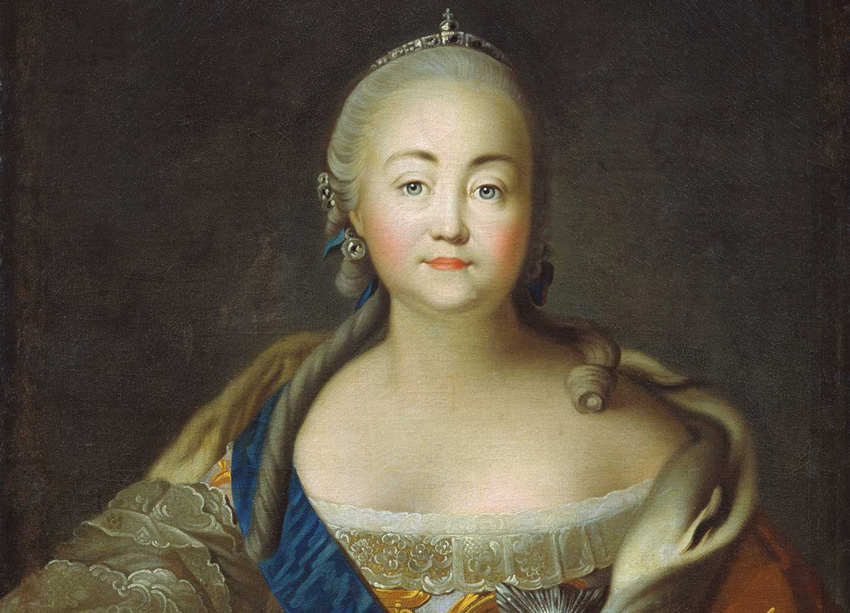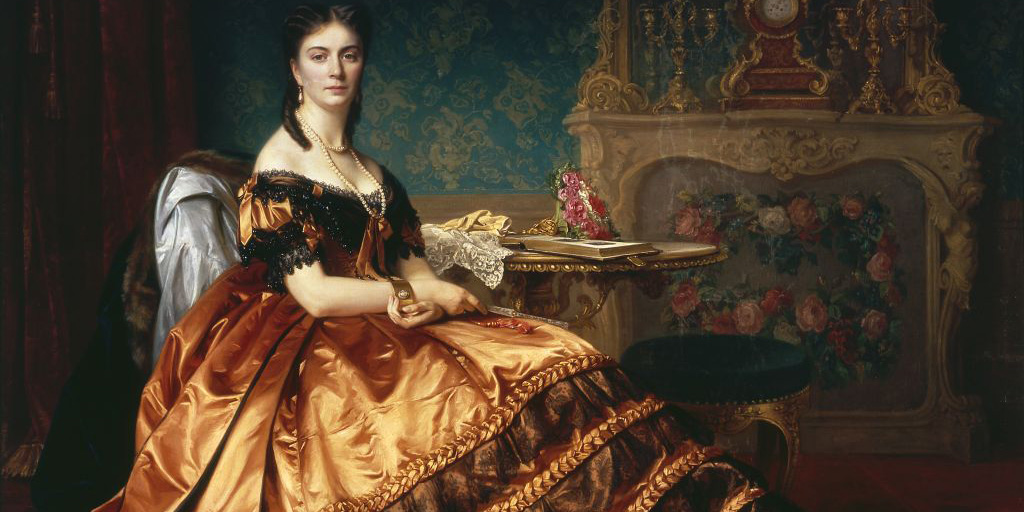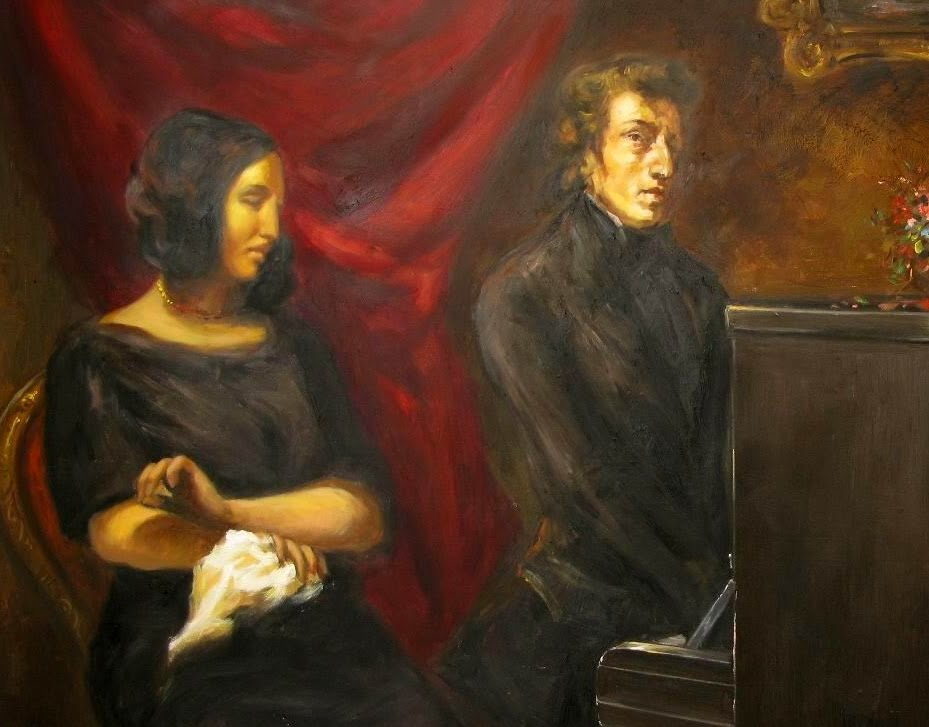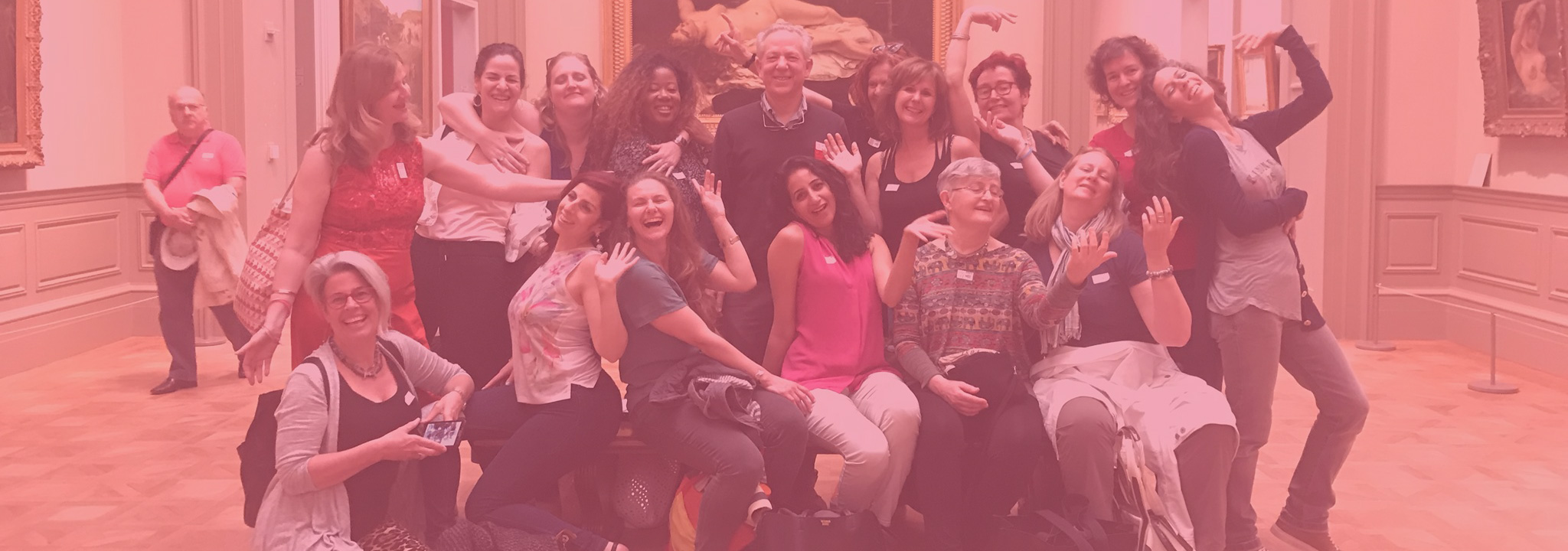
Blog
12 Aug Princess Louise of the UK
Victorian is almost a substitute term for joylessly prudish to many people. They are wrong; Queen Victoria relished sex with her protective, affectionate husband, Prince Albert of Saxe-Coberg-Gotha. The marital romance portrayed in The Young Victoria by Emily Blunt and Rupert Friend is true to history. However, Queen Victoria disliked pregnancy, babies, and some children, including several of her own, with passion. Her criticism of the less-favored could be stinging in its candor as well as inaccurate. Her sixth child, Princess Louise, born in 1848, was among her less-favored offspring. Through much of Princess Louise’s childhood, the queen sincerely believed that her daughter was “backward.” Having inherited Prince Albert’s cheekbones and graceful bearing, though, Louise was the prettiest of the daughters. Certainly she was the most talented and daring, the one who would lead the life she desired.02 Aug Yoshiwara, the ‘pleasure quarter’ of the city of Edo
A couple of weeks ago I took a meander around the Met to see what new stuff was hanging--and what did I find? Lots of new courtesans! In particular, there is now a whole gallery of Japanese paintings of beautiful women--including a number of courtesans, such as this woman in a scroll from the 1780s by Isoda Koryusai. This painting seems to show the main street of the Yoshiwara, the 'pleasure quarter' of the city of Edo (modern Tokyo). A courtesan is promenading with her two assistants (or perhaps apprentices). She is the height of fashion, or perhaps overdone—as was apparently typical of these women—wearing multiple layers of elaborate kimonos, and the huge clogs which were typical of courtesans--clogs which made it impossible to walk naturally (a custom that reminds me of Chinese foot-binding).19 Jul Izumo no Okuni
Izumo no Okuni did not find her fame in the elite pleasure houses of Kyoto, where women with elaborate artistic educations provided their clients with the most rarefied pleasures of fantasy-femininity and the most pragmatic pleasures of the flesh. Okuni was a miko, or shrine...



